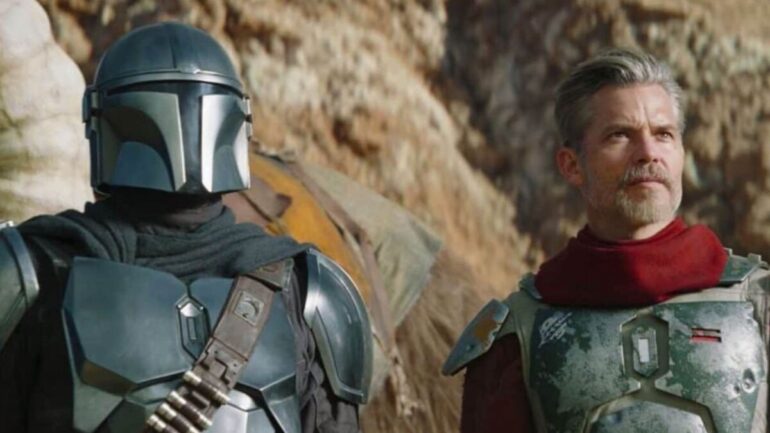The Ancient Greeks tell of the beautiful courtesan Phryne, who was put on trial for impiety. Phryne’s defence, so the story goes, was to strip down before the court and declare, essentially, “Would the gods have made an evil woman look like this?” – beauty, in those days, being seen as a literal divine blessing. By all historical accounts, Phryne was acquitted. The Mandalorian does not feature full frontal nudity, being more of a PG-13 production, but does subscribe to a similarly shallow morality.
To put it bluntly, in the world of The Mandalorian, you can always be fairly certain of someone’s moral alignment based on how visually pleasing they are. First and foremost here is of course the unbearably cute baby Yoda, the new surrogate child of choice for much of the fandom. Everyone loves him, and even when he started eating the eggs of an endangered species, this was treated as a bit of wacky slapstick rather than a stain on his character.
(And that endangered species? A similarly adorable and thoroughly good-natured alien frog.)
In one recent episode, the show began tying in another part of the Star Wars expanded universe – specifically, Mandalorian heiress Bo-Katan Kryze, who had previously appeared in the animated shows The Clone Wars and Star Wars Rebels. She’s a potential head of a resurgent Mandalore, and has an established beef with Giancarlo Esposito’s character over the ownership of that not-quite-a-lightsaber we’ve seen him with. Her inclusion represents a lot of worldbuilding, and yet the fandom’s focus has mainly been on the fact that Katee Sackhoff is very easy on the eye.
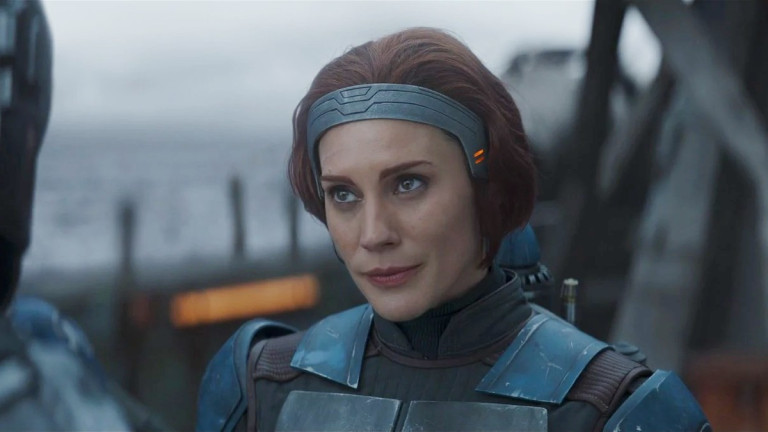
Likewise, the second season premiere made a very big deal of the fact that special guest star Timothy Olyphant was wearing Boba Fett’s old armour, and with its defensive capabilities had basically become the local sheriff – but then spent most of the episode without the iconic helmet, even while in combat. Does anyone really believe that was a logical choice for the character to make, or did it have more – a lot more – to do with showing off Olyphant’s pretty little face?
This consistent appeal-to-beauty might explain the somewhat incongruous scene at the end of the first season where Mando himself gets his helmet popped off, after nigh-on ten hours of pointedly refusing to take it off for any reason. Given how the show had previously dealt with the attractive, Pedro Pascal’s chiselled Latin features are not something even the simplest of viewers would mistake for villainous.
Had the show left him covered up, it might have created a dangerous uncertainty. Maybe – tremble to think it – maybe the Mandalorian, now the flagship of Disney™’s Star Wars™, is ugly! And evidently the creators felt there was a very real imperative to remove all doubt on that front.
By contrast, Giancarlo Esposito has – one hesitates to call his ‘a naturally evil face’, and he’s not bad-looking, but he certainly bears an icy, frowny quality, even when actually smiling. Not all the Imperials rise to quite the level of Esposito’s facial malevolence – although the terminally glum-looking Werner Herzog can take on all comers in that ring – but they almost invariably have the same slightly queasy look they’ve had throughout the franchise, as if they know they’re the heels and their job is to dance around a bit before being dispatched by the good guys.
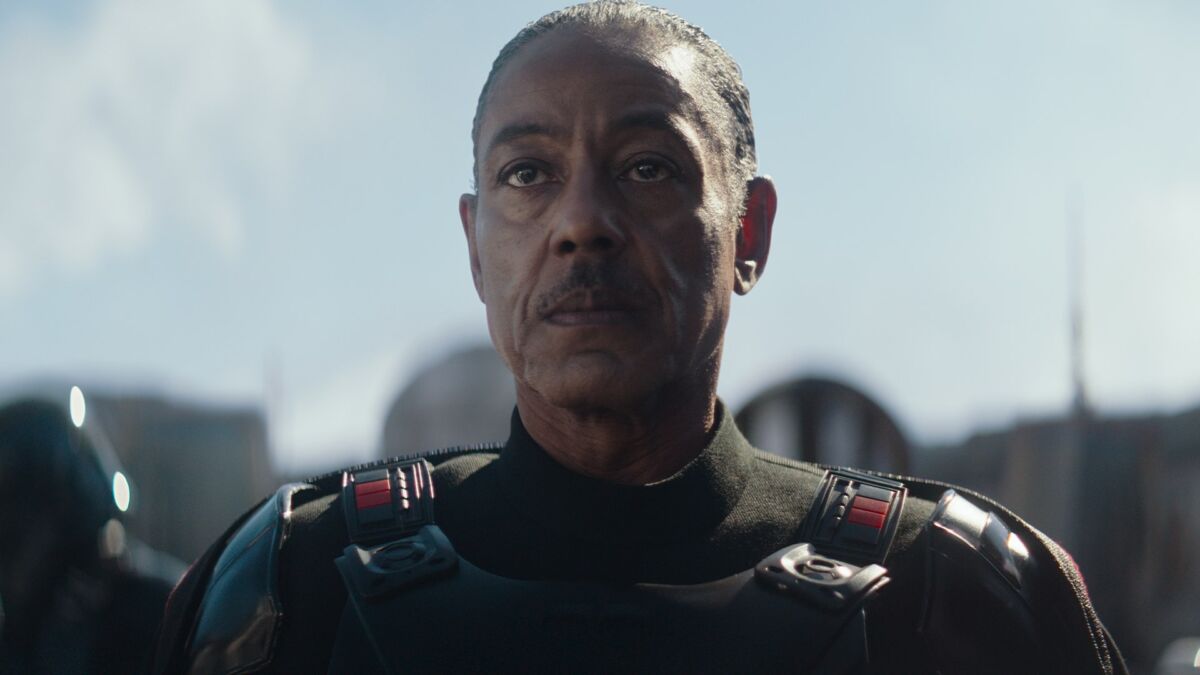
And it’s like this with The Mandalorian’s villains and antagonists all down the line, especially when we move into the realm of non-human characters. Sci-fi has always tended towards humanoid aliens, simply because you can get a better performance out of them, and, predictably, you can almost invariably gauge what side of the moral divide they lie on based on exactly what kind of prosthetics they have stuck on their face.
The first season of The Mandalorian literally featured a devil-man, red skin, horns, and everything, who – surprise surprise – hated Mando and eventually betrayed him. More recently, we had a bunch of seafaring, Cthulhu-like tentacle-face-men, who attempted to feed baby Yoda to a sea monster, seemingly for the sheer fun of it. In the world of The Mandalorian, it’s vanishingly rare that non-human aliens don’t turn out to be evil. There’s…the frog lady, and that one bartender? Them, up against the legions of painted-green goons who are there to be blown away by named characters.
Many of the bad guys, of course, very pointedly don’t get their helmets popped off. Of these, first and foremost are the stormtroopers and their skull-like helmets. The empire already goes so heavy on the Nazi parallels that it’s flatly amazing they’re not regularly turning to each other and asking “are we the baddies?”, but actually going around with skull masks surely takes the cake.
Of course, the stormtroopers have been part of the franchise since the very beginning. And, yes, this appeal-to-beauty holds true for most of the films, too. Peter Cushing’s Grand Moff Tarkin was so skeletal he didn’t even need the mask, and above him you had Darth Vader and the Emperor, both literally deformed, and in the Emperor’s case deformed because he indulged in evil magic. Snoke, from the sequel trilogy, simply takes this to its logical conclusion.
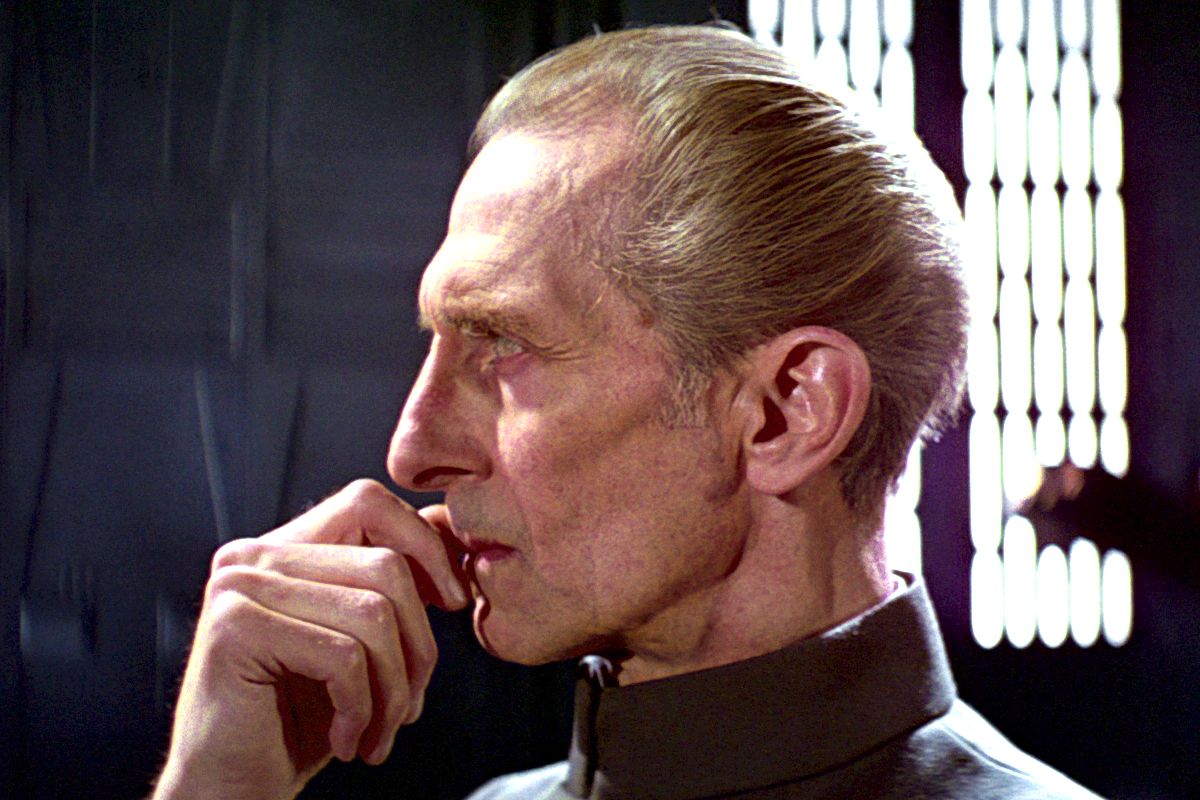
(Curiously, these legacy features represent The Mandalorian’s one notable exception to the formula, when the fairly menacing Tusken Raiders end up in an alliance of convenience with Olyphant and his pals.)
This array of monsters were stacked up against plucky young go-getters like handsome Ewan McGregor, pretty Daisy Ridley, and nigh-angelic Mark Hamill – not to forget their pals, a series of friendly robots and outsized teddy bears. It’s been rightly said that a viewer could puzzle out the plot of Star Wars without the sound on, and the relative appearance of its heroes and villains is no small part of that.
The Mandalorian has been increasingly shameless about being a space Western, with Mando as a man-with-no-name type roaming the outback (of space) getting into scrapes (in space). But Star Wars as a whole has always worn its influences on its sleeve, whether that means The Seven Samurai, WWII-era dogfights, or, yes, the Western genre. And one particularly iconic part of the latter was the idea of white hats and black hats – simple visual coding to discern who’s the goodie and who’s the baddie.
While actual hats have been a surprisingly small part of the franchise, the colour-coding was present from the start. Never mind the lightsabers (Satanic red vs. dip-in-the-pool blue), Mark Hamill and Carrie Fisher spent A New Hope in conspicuously all-white outfits, while those of the bad guys not cosplaying as Nazis were dressed entirely in black. Even more ham-handedly, when Luke refuses to go dark side at the climax of Return Of The Jedi, his black outfit falls open to reveal a white lining. Star Wars’s visual metaphors have never been subtle.
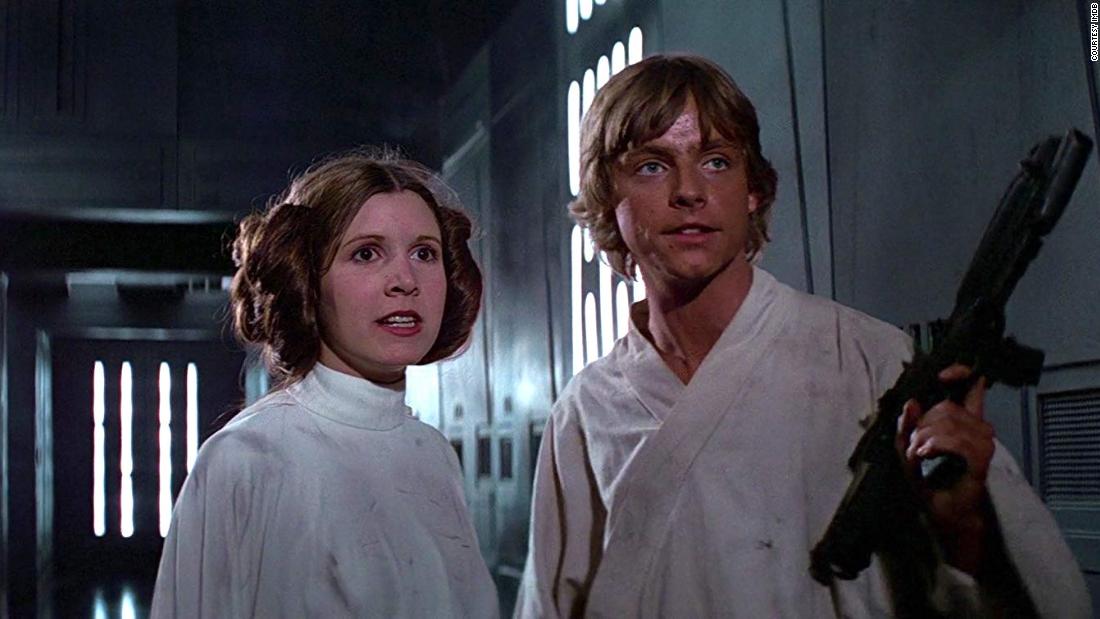
But to act like all this is something unique to Star Wars within the wider worlds of film and television would be a mistake. There is, naturally, a preference for attractive people within the industry, which leaves them up the creek whenever they must deign to depict an unattractive character. Often they don’t even try, simply fitting out some beautiful actor with an unflattering outfit and having the rest of the cast act like they’re the hunchback of Notre Dame.
Traditionally, this could often stray into outright offensive territory. Ugliness and disability were used pretty much interchangeably to denote who’s the villain – technically the case for Darth Vader, and definitely the case for Snoke. And more pointedly, there is a thin line between the duality of the white hat/black hat and simply dividing people into white and black. The Mandalorian does, at least, not indulge in outright bigotry – but it does leave you wondering whether the principle behind this is ‘racism is no longer sanctioned’, rather than ‘it is wrong to judge people by their appearance’.
READ NEXT: That Insidious Beast: The Mandalorian And Son
Some of the coverage you find on Cultured Vultures contains affiliate links, which provide us with small commissions based on purchases made from visiting our site.
